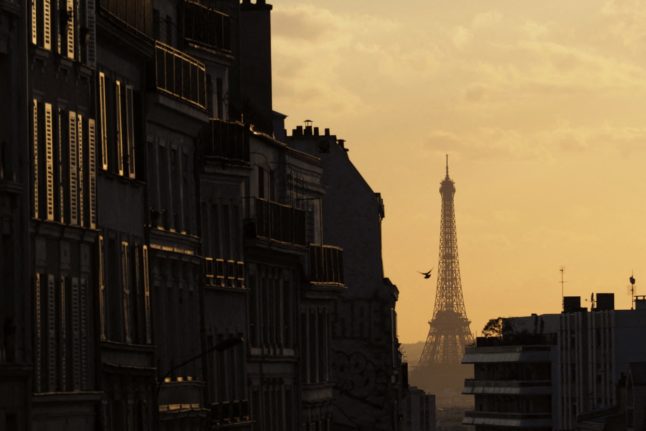Rue de Belleville, which straddles Paris 19th and 20th arrondissements in the northern part of the city, was recently named among the 30 ‘coolest streets’ in the world by Time Out magazine.
The Parisian street ranked 20th, with streets such as High Street in Melbourne, Hollywood Road in Hong Kong and East Eleventh in Austin topping the podium.
According to the travel magazine, cities were chosen for their “bold, creative new ventures in food, drink, nightlife and culture,” with many emphasising outdoor drinking and dining, as well as “green initiatives”, making the area for walkable and pleasant.
What’s special about Rue de Belleville?
It is not located in central Paris, it’s not near to the banks of the Seine river and monuments like the Notre-Dame Cathedral and it gives a different vibe to those beautiful but touristy areas.
Rue de Belleville runs up a hill, going from the Belleville Metro station to the Porte des Lilas station at the edge of the city.
If you start at Porte des Lilas and walk downhill into the city you will get a great view of Paris spread out in front of you, while about halfway down the Eiffel Tower suddenly appears through a gap in the buildings.
Like Montmartre, Belleville was once a suburb of Paris and did not officially become part of the city until the mid 19th century. At that time it was a run down area and its most famous daughter Edith Piaf (born at 72 Rue de Belleville) grew up in poverty in the area.
Historically working-class, the Belleville neighbourhood has long been a key location for new immigrant communities coming to Paris. From German Jews fleeing the Third Reich in the 1930s to north African immigrants in the 1960s, Belleville has remained diverse.
In the 1970s, refugees from French Indochina arrived and opened shops and restaurants. Nowadays, Belleville is one of Paris’ two Chinatowns.
In the past few years, the neighbourhood – and especially Rue de Belleville itself – has become an increasingly popular location for eating, drinking and strolling around a less touristic part of Paris.
What to do nearby?
Time Out recommends drinking at the trendy cocktail bars Combat and Kissproof, or testing out the wine bar la Cale.
They advise eating at the Michelin recognised Cheval d’Or restaurant (it’s not actually on Rue de Belleville but on a side street) – The Local agrees and recommends getting the duck and trying their interesting selection of ‘natural’ wines.
Mian Guan for noodles and street food is Time Out’s other recommendation.
As for the team at The Local, we recommend getting tasty dumplings at Ravioli Chinois Nord-Est and then breaking off from the main road to check out the graffiti alley-way, Rue Dénoyez.
Once you’ve had your street art fill, head back to Rue de Belleville and make your way up the hill toward the Jourdain Metro station and taking a slight detour along the Rue de la Villette.
Enjoy some window-shopping at the cute boutiques, grab a coffee at Mardi and make your way down to the Buttes-Chaumont park.
We cannot disagree with the recommendation to ‘chill out in Belleville Park to admire the view’, and karaoke at Chinatown Belleville is always a fun time.
Belleville is also the location for good markets, especially on public holidays where local creatives display their wares.
READ MORE: ‘Avoid the Eiffel Tower’ – What to see if you’re visiting Paris for just one day
How do I get there?
By Metro, you can take either line 2 or 11 to the Belleville station. You can also get off at from the 11 at nearby Pyrénées, Jourdain and Télégraphe stations (for a short walk).
Other Paris rankings with Time Out
The travel magazine also listed a few other Paris neighbourhoods and landmarks in its ‘best of’ rankings for 2024.
In their ‘40 coolest neighbourhoods in the world‘, Paris’ Haut-Maris, “sandwiched between the touristy Marais and the more boho 11th”.
The magazine also ranked Paris in 11th place in its ’50 best cities in the world’ ranking, with the southern, coastal city of Marseille taking 45th place.



 Please whitelist us to continue reading.
Please whitelist us to continue reading.
Member comments